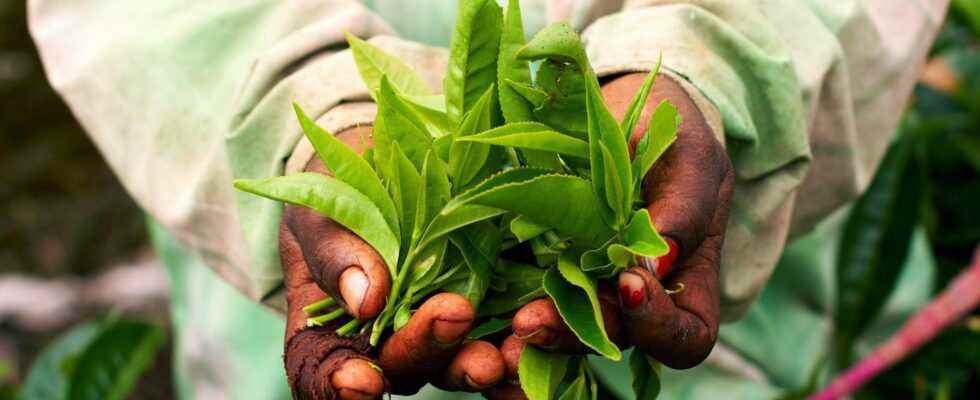Fairtrade seal
Importance, criteria and criticism of fair trade goods
© Dmitri Mikitenko / Shutterstock
Hardly anyone keeps track of things in the seal jungle. We bring light into the darkness and explain which Fairtrade seals you can rely on, what they mean and what criteria they have to meet.
According to Fairtrade Germany, the label “Fairtrade” Fair trade goods and certain in their manufacture social, ecological and economic criteria were complied with. There are different gradations of the labels and thus different strict criteria that affect the end product. In this article you can find out what these are, which labels you can trust and why Fairtrade seals have already been criticized.
The Fairtrade seal is on many foods, such as Find coffee, tea and chocolatebut also other raw materials such as cotton and gold can be marked with it. Manufacturers who place this label on their goods guarantee the buyer that they are the farmers and smallholders at least one cost-covering price for their goods to count. Even with fluctuating world market prices, the manufacturers undertake to adjust the price. In addition, traders of Fairtrade products long-term relationships with the producers, certain pesticides are prohibited and organic farming is rewarded.
Fairtrade seal: An overview
Classic Fairtrade product seal
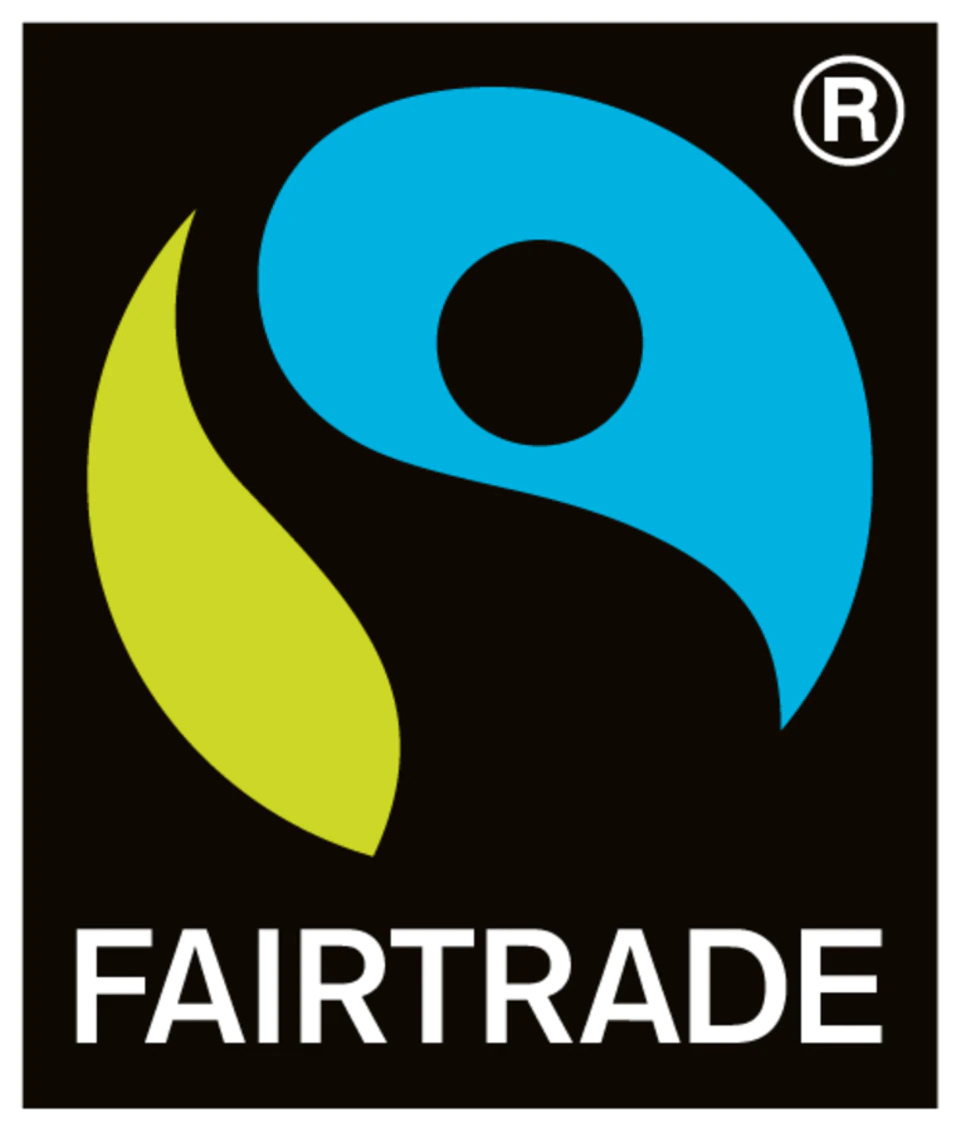
© Fairtrade Germany eV
This is probably the most well-known of the Fairtrade seals classic fair trade seal. Products that receive this seal are closed 100 percent traded and produced under fair trade conditions been.
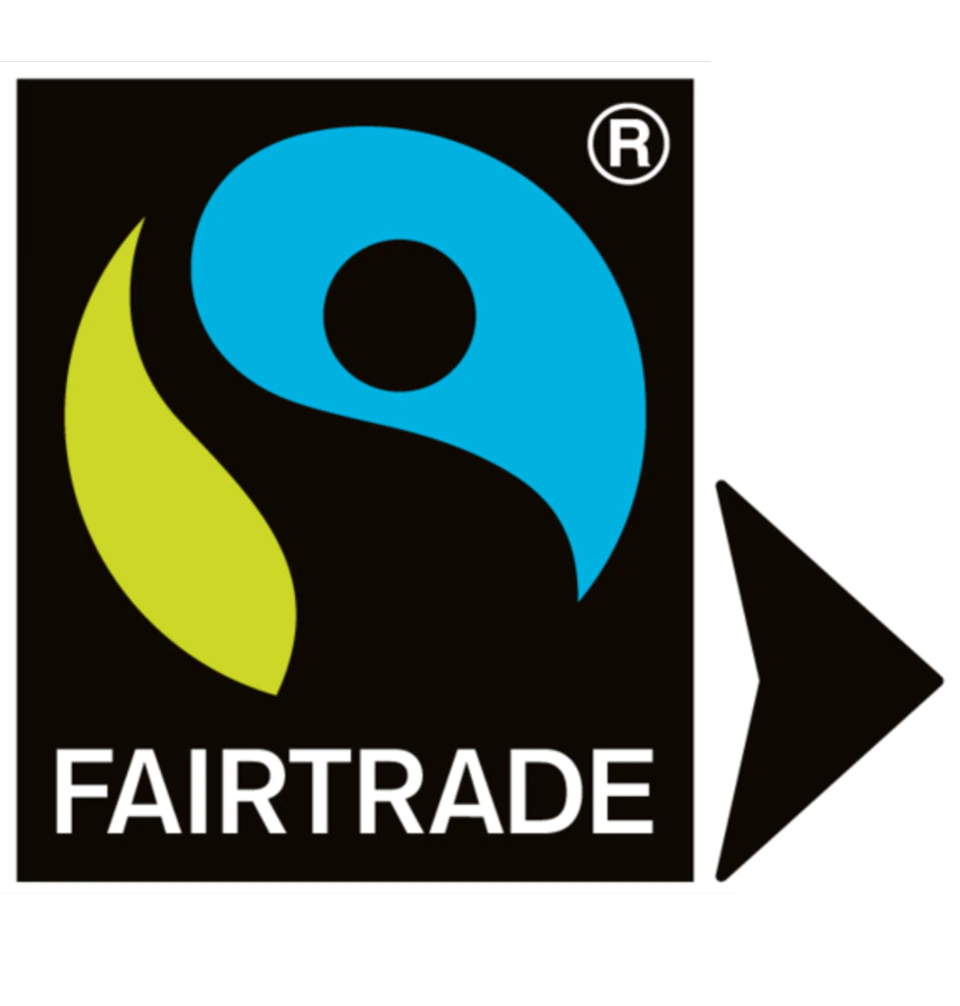
© Fairtrade Germany eV
That Fairtrade seal with arrow indicates mixed products. This means that parts or individual ingredients of the product come from Fairtrade manufacturers, other parts from conventional production.
Special Fairtrade product seals
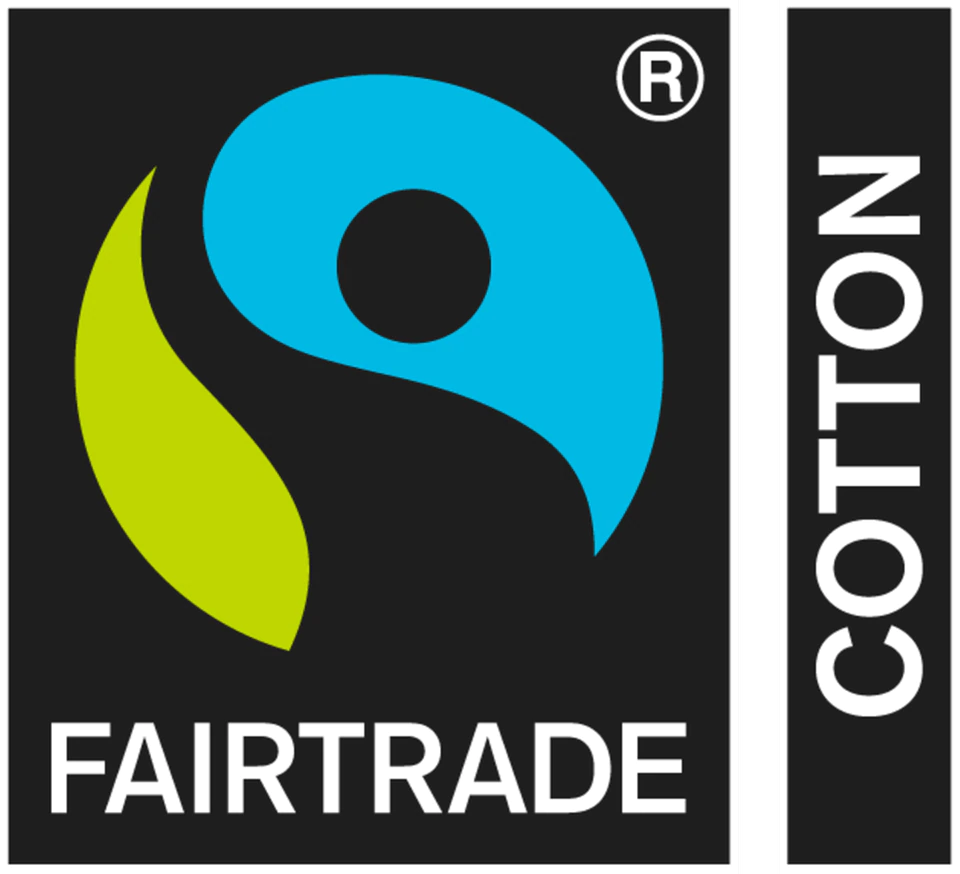
© Fairtrade Germany eV
These special fair trade seals are available for cotton, gold and cosmetic products. If cotton products and gold bear this special seal, they have been produced 100 percent fairly. The following applies to cosmetics: All ingredients that are available as Fairtrade raw materials must be Fairtrade certified.
Fairtrade raw material seal
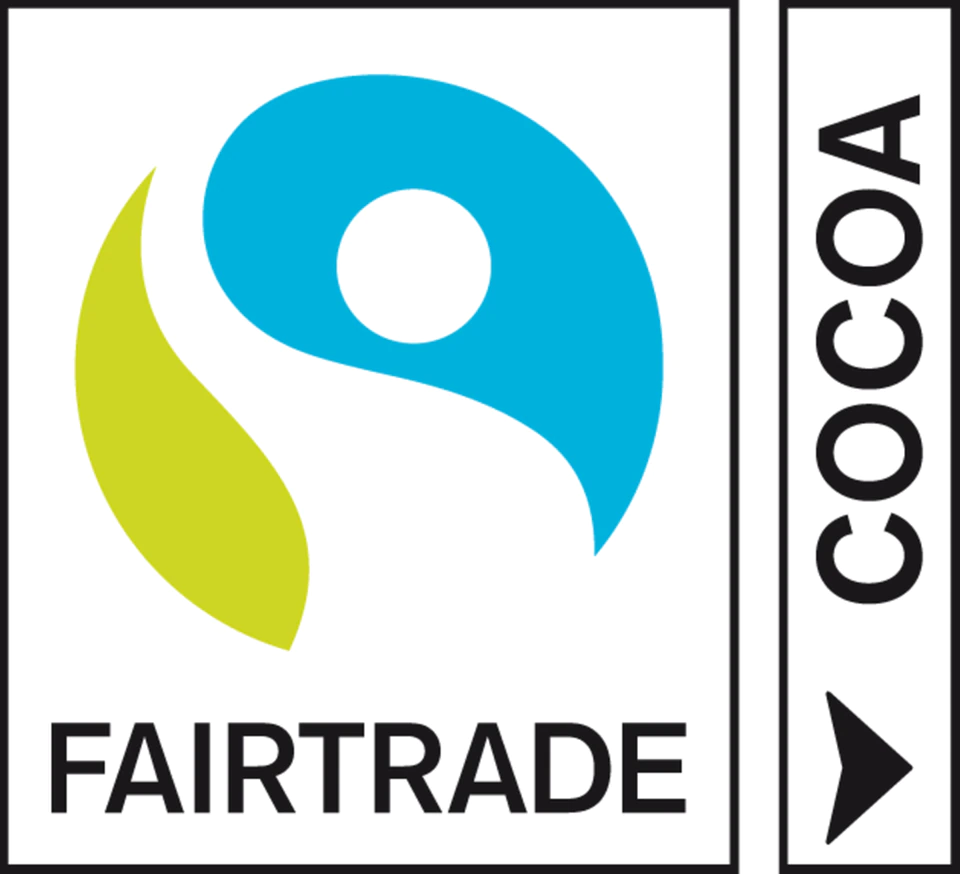
© Fairtrade Germany eV
The Fairtrade raw material seal always refers to a fairly traded individual ingredient. For example, cotton and cocoa can get an extra Fairtrade seal if they are included in a mixed product. This ensures that it is clearly recognizable which ingredient or raw material of a product was traded and manufactured under fair conditions.
Quantity balancing and mixed products
For products with the Fairtrade seal, you can choose between pure Fairtrade products as well as mixed products and products with quantity balancing. With fairly traded bananas, coffee or flowers, the place of production can be traced back one to one.
However, there are also products where a quantity balancing is created. These are with the Fairtrade seal with arrow specially marked (see logo explanation at the beginning of the article).
For products with volume balance, Fairtrade raw materials are allowed to be mixed with conventionally grown raw materials during processing. This happens, for example, with cocoa, fruit juice, tea or sugar.
Quantity balancing: why do you do it?
- The volume balance has practical and logistical reasons: Since many Fairtrade producers produce too small quantities, they would not be able to participate in the Fairtrade system without volume balance.
Quantity balancing: Disadvantage for the consumer
- The end product is not fully traceable.
Mixed products, i.e. those that consist of several different ingredients, such as chocolate, ice cream or biscuits, can contain a proportion of Fairtrade ingredients and a proportion of conventional ingredients.
However, a product only receives the Fairtrade seal with an arrow if…
- all individual raw materials that would be available for the product under Fairtrade standards are also sourced from Fairtrade sources. Only raw materials that are not available as fair trade goods may come from conventional production.
- the proportion of fairly traded raw materials is at least 20 percent (measured by weight/volume).
- With at least 50 percent fair trade, the addition of water/dairy products is no longer taken into account for this calculation.
Fairtrade product criteria
On the one hand, products bearing the Fairtrade seal must be fully traceable and on the other hand they have to raw materials used are stored separately from non-certified raw materials. Furthermore there is social, economic and ecological criteriawhich must be complied with.
social criteria
- Organization in democratic communities (in the case of cooperatives)
- Promotion of union organization (on plantations)
- Regulated working conditions
- Ban on exploitative child labor
- prohibition of discrimination
ecological criteria
- Environmentally friendly cultivation
- protection of natural resources
- Ban on dangerous pesticides
- No genetically modified seeds
- Promotion of organic cultivation through the organic surcharge
economic criteria
- Payment of Fairtrade Minimum Price and Fairtrade Premium
- Evidence of the flow of goods and money
- Seal Usage Guidelines
- Transparent trading relationships
- pre-financing
Criticism of Fairtrade seals
Probably the biggest criticism of Fairtrade products is that many products carry the Fairtrade seal, even though they do only part of it was traded fairly. For example, a nut and chocolate bar can be provided with the Fairtrade raw material seal for fairly traded sugar and gives the end customer the impression of an overall fairly produced bar. That can lack of transparency for the buyers and makes the seals in part complicated. In addition, in 2011 the minimum proportion of fair trade ingredients that a product must contain was lowered from 50 to 20 percent.
Alternatives to the Fairtrade seal
- GEPA fair+
- Naturland fair
- Rapunzel holding hands
- fair for life
- Simbolo de Pequeños Productores (SSP)
- World fair trade organization (WFTO organization)
- World shop umbrella organization
Sources: fairtrade-deutschland.de, utopia.de, forum-fairer-handel-de
